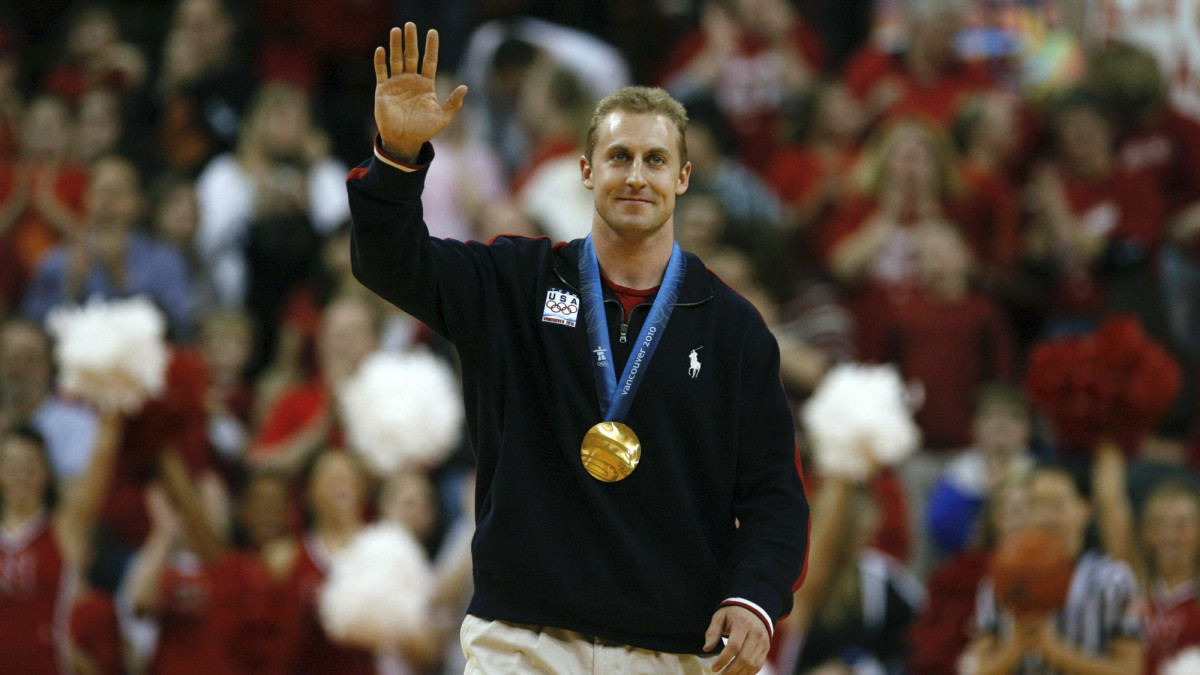Learning about Bobsledding with Olympic Champion Curt Tomasevicz


How much do you know about the sport of bobsledding? You might have watched it during the Olympics or you may have seen the movie Cool Runnings, but seeing the sport in person is a whole different experience. I attended the BMW International Bobsleigh and Skeleton Federation (IBSF) World Cup in Lake Placid, N.Y., on December 15th, 2019 and experienced the thrill firsthand with two-time Olympic champion Curt Tomasevicz.
Lake Placid’s Mount Van Hoevenberg was used for the 1932 and 1980 Winter Olympics and hosts not just bobsled events but also luge and skeleton. Bobsledders race down the one-mile track with twenty turns in less than a minute, making bobsledding one of the fastest sports on ice!
Near the cold and windy starting line, I was fortunate to get an insider’s perspective from Tomasevicz, who was part of the famous “Night Train” squad that won a gold medal at the 2010 Olympic games in Vancouver. He also won a silver medal at the 2014 Olympics and six World Cup medals during his ten-year career.
In 2004, after playing college football at the University of Nebraska, he was looking for another sport when a friend suggested that he had the right body type for a bobsled pusher. Within three years, he won his first World Cup gold medal with the late Steven Holcomb.
Even if you have the right body type, bobsledding requires the right mental strength and attitude.
“I think I was scared every time going down the track,” Tomasevicz said. “From my first trip in 2004 and my last trip in 2014. I did it for 10 years and I never really got used to it. It was always an adrenaline rush. You never really get settled into it.”
Also, crashes are routine. In Curt’s ten-year career he had 25 crashes, including one which was particularly brutal to his ribcage. He is able to overcome his fear by preparing the night before with relaxation, meditation, and breathing techniques, as well as music. “I knew that if I was focused on being scared, I wasn’t focused on being the best that I could be,” Tomasevicz said
I also learned about some of the technical aspects of bobsledding. The most important part is the push start, when fans cheer on the athletes with cowbells. How do they run on the ice until they jump into the bobsled? Their shoes have 300 needles to prevent the bobsledders from slipping.
One of the hardest parts is driving the sled. Driving a bobsled is not like driving a car, says Tomasevicz. You have to wait to turn until the runners dig into the curve so you can use the sled’s momentum. Spectators anticipate the coming of the sled by the rattling generated by the sled’s momentum. Once you see the sled whoosh by, it’s a sight you won’t forget!
Another huge factor in bobsledding is the weather. Race temperatures vary from as low as -20 degrees F or as warm as 40 or 50 degrees F. Bobsledders wear a lot of layers. The best sledding conditions are when it is cold but sunny.
Even though the United State’s biggest rivals in bobsledding are Canada, Germany, and Russia, the bobsledding community is small. For Tomasevicz, his favorite part of bobsledding is not the adrenaline on the course, but the camaraderie with athletes around the world.
Youth bobsledding programs are hard to develop since athletes need to be big enough not to get rattled around in the sled. In addition, few kids live near tracks. However, if you are visiting Lake Placid and you’re at least 48 inches tall, you can try the bobsled experience. Kids can ride down a bobsled with a professional driver from the half-mile start and reach speeds of 50 miles per hour. In Park City, Utah, kids must be at least 16 years old and weigh 100 pounds to try out the bobsled experience. With Lake Placid set to hold the 2021 Bobsled and Skeleton World Championship and the 2022 Beijing Olympics in two short years, it’s never too late to try bobsled.
